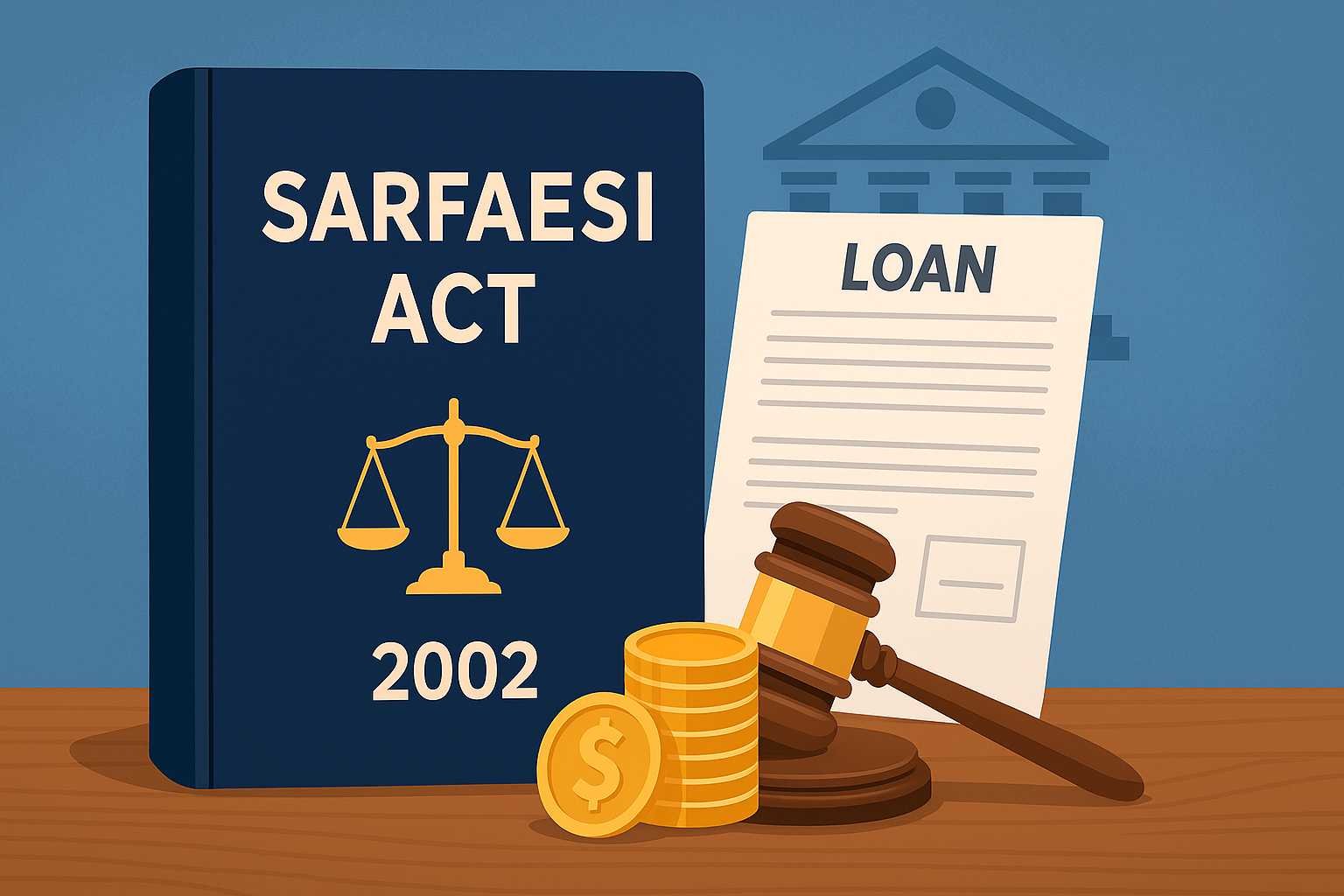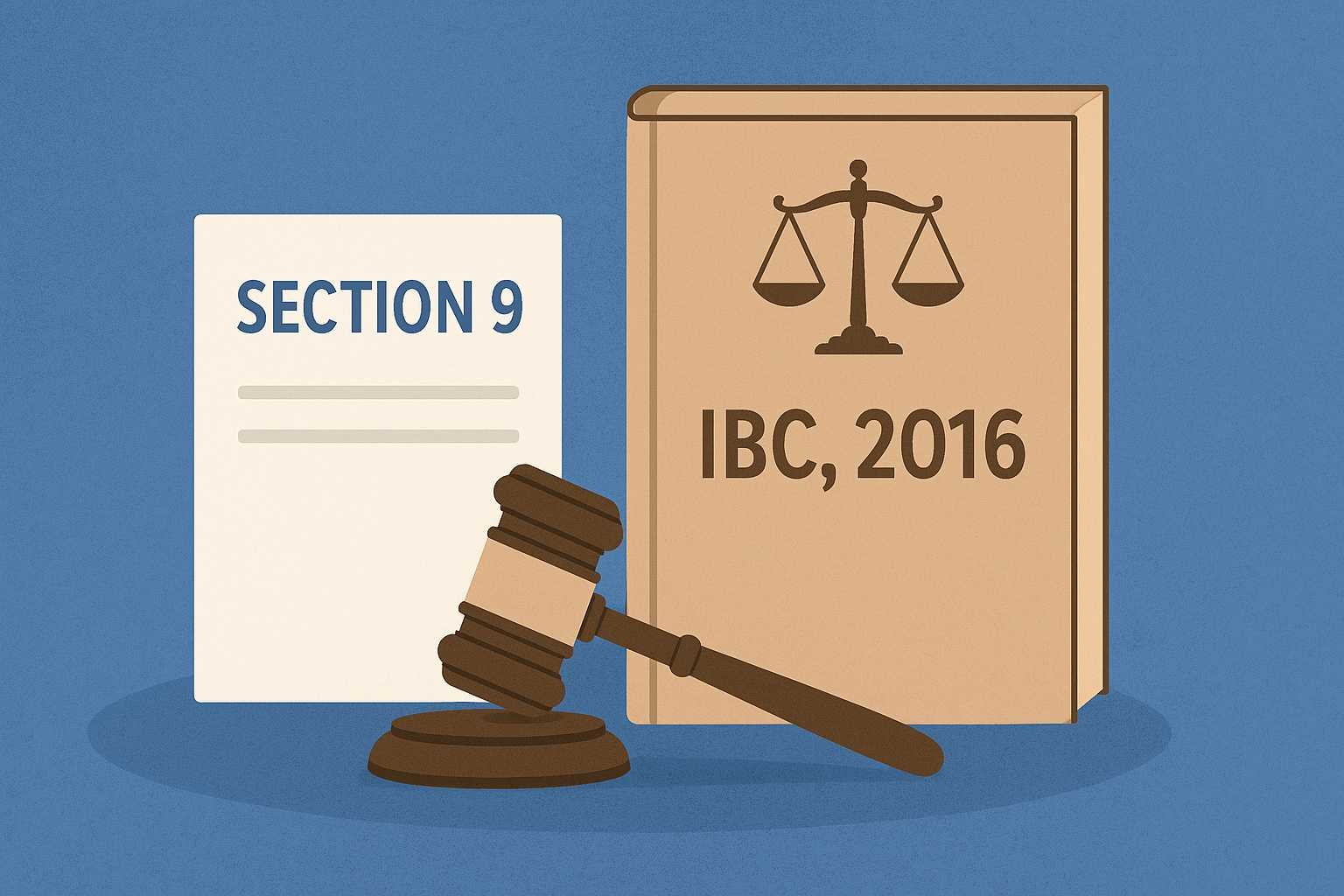On this page you will read detailed information about Compensatory Afforestation Fund in India.
When it comes to protecting the environment, India has taken big steps with the establishment of the Compensatory Afforestation Fund. As an engaged citizen, you likely want to learn more about this unique initiative. In this article, you’ll discover the origins of the fund, how it operates, and the impact it has made across the country. With India’s vast forests facing threats, this fund provides an opportunity to restore critical habitats. Understanding the mechanics and reach of the Compensatory Afforestation Fund will empower you to evaluate its current and future role in conservation. Through this informative overview, you’ll gain key insights into this ambitious effort to regrow India’s woodlands.
What Is the Compensatory Afforestation Fund (CAMPA Fund)?
The Compensatory Afforestation Fund (CAMPA) is a fund established by the Government of India to promote afforestation and regeneration activities as a way of compensating for forest land diverted to non-forest uses. The fund is meant to be utilized for afforestation, conservation and protection of existing natural forests, infrastructure development, capacity building, and other related activities.
Sources of the Fund
The CAMPA fund is financed through the levy of a net present value (NPV) for the diverted forest land. The NPV is calculated based on the economic value of the benefits and services provided by the forests over a period of 100 years. Other sources include funds recovered from agencies that have defaulted in payment of NPV and interest on delayed payments. These funds are collected by state forest departments and transferred to the CAMPA fund.
Management of the Fund
The CAMPA fund is managed at both central and state levels. At the central level, the fund is managed by an advisory council called the National CAMPA Advisory Council (NCAC) headed by the Minister of Environment, Forest and Climate Change. The state CAMPA funds are managed by State CAMPA Advisory Councils (SAC) headed by state forest ministers. These councils approve annual plans for fund utilization based on the proposals received from state forest departments.
Significance of the CAMPA Fund
The CAMPA fund is crucial for conservation and expansion of India’s forest cover. It provides dedicated financial resources for compensatory afforestation activities. The fund promotes conservation, protection and management of natural forests, wildlife protection and infrastructure development in forest areas. When utilized effectively, the CAMPA fund can significantly contribute to increase in India’s forest and tree cover, conservation of biodiversity and mitigation of climate change.
In the previous post, we had shared information about The Right to Constitutional Remedies in India, so read that post also.
How the CAMPA Fund Works in India
The Compensatory Afforestation Fund (CAF) Act 2016 established the National Compensatory Afforestation Fund and the State Compensatory Afforestation Fund, together known as CAMPA funds. These funds are designed to provide a continuous funding mechanism to compensate for the diversion of forest land for non-forest purposes.
Collection of Funds
For every forestland diverted for non-forest purposes, the user agency pays for compensatory afforestation. The funds are collected by the State and deposited in the Public Account of India under the State Fund. The funds are monitored and audited by the Comptroller and Auditor General (CAG) of India.
Utilization of Funds
The CAMPA funds are utilized for afforestation and regeneration activities to compensate for the loss of forest area. The activities include raising plantations, protection of forests, wildlife protection and management, and infrastructure development. The funds are also used for natural regeneration, forest management, wildlife protection and infrastructure development.
Monitoring Mechanism
The utilization of CAMPA funds is monitored at the Central and State level. At the Central level, the Monitoring Committee is chaired by the Director General of Forests. In the States, the Principal Chief Conservator of Forests chairs the monitoring committee. Independent evaluations are also conducted to review the quality, relevance and effectiveness of activities undertaken from the fund.
Issues and Challenges
While the CAMPA fund aims to compensate for the loss of forests, several issues persist in its implementation. There are delays in the collection and disbursement of funds. Limited technical capacity also impacts the planning and implementation of afforestation programs. Lack of convergence with other programs like MGNREGA limits the effectiveness. There is also a lack of monitoring mechanisms to track the survival and growth of plantations. Addressing these issues can help strengthen the CAMPA program and achieve the goal of compensating for the loss of forest land in India.
The Objectives and Uses of the CAMPA Fund
The Compensatory Afforestation Fund Management and Planning Authority (CAMPA) Fund was established by the Government of India to promote afforestation and regenerate degraded forest land. The key objectives of the CAMPA Fund are:
Afforestation and Reforestation
The primary goal of the CAMPA Fund is to finance afforestation and reforestation activities across India. This includes planting trees on degraded forest land and non-forest land to expand forest cover, restore ecological balance, and preserve biodiversity. The Fund aims to plant trees at least twice the area of forest land diverted for non-forest purposes.
Conservation and Protection
The CAMPA Fund is also utilized for conservation and protection of existing natural forests. This includes activities such as soil and moisture conservation, protection from forest fire, pest and disease control, and protection from encroachment. These measures help strengthen the health and resilience of natural forests.
Wildlife Protection
The CAMPA Fund supports wildlife protection and biodiversity conservation. It finances the creation and maintenance of wildlife corridors and habitats. It also supports measures to prevent human-wildlife conflict such as the installation of solar-powered fences. These initiatives help protect endangered species and maintain a balance in the ecosystem.
Capacity Building
The CAMPA Fund aims to strengthen the institutional and individual capacities of forest officials and frontline staff. It provides training and develops skills in areas such as forest management, wildlife protection, biodiversity conservation, and the use of technology for monitoring and surveillance. Capacity building is essential for the effective and sustainable management of the Fund.
In summary, the CAMPA Fund promotes afforestation, protects existing forests, conserves biodiversity, prevents wildlife conflict, and strengthens the capabilities of forest officials. When utilised appropriately, the Fund can significantly contribute to protecting India’s forests, wildlife and natural resources for the benefit of present and future generations.
The Impact and Benefits of the CAMPA Fund
The Compensatory Afforestation Fund (CAMPA) in India aims to promote afforestation and regeneration activities as a way of compensating for forest land diverted to non-forest uses. Since its establishment, the CAMPA fund has had a significant impact on forest conservation in India.
Increased Forest Cover
The CAMPA fund has augmented afforestation efforts across India, leading to an increase in forest cover. According to studies, areas where CAMPA funds have been utilized have seen forest cover increase at a rate of over 5000 hectares per year. Afforestation drives have converted barren and degraded land into green spaces, helping India inch closer to its goal of 33% forest cover.
Job Creation
The CAMPA fund has also boosted employment opportunities in India’s forestry sector. Nursery establishment, plant production, site preparation, and plantation maintenance require considerable human resources. Studies estimate that CAMPA-funded activities have generated over 60 million workdays of employment for rural and tribal communities. For these marginalized groups, the CAMPA fund has provided a crucial source of livelihood and income.
Biodiversity Protection
Afforestation activities supported by the CAMPA fund have also aided in protecting and restoring biodiversity. By converting degraded land into forest, these drives have expanded and connected wildlife habitats, allowing species to disperse and migrate more easily. The fund has supported the plantation of native species, which provide food, shelter, and other resources for local wildlife. Overall, the CAMPA fund has been instrumental in safeguarding India’s rich biodiversity.
The CAMPA fund has clearly had a multi-pronged impact on India’s forests. From increasing forest cover and generating employment to protecting biodiversity, the fund has benefited both nature and people. Looking ahead, the CAMPA fund will continue to drive substantial progress in afforestation and environmental conservation across India.
Frequently Asked Questions About the CAMPA Fund
Q1: What is the objective of the CAMPA Fund?
Q2: Who manages and operates the CAMPA Fund?
Q3: How are the funds collected under CAMPA utilised?
Compensatory afforestation: Planting and regenerating twice the area of diverted forest land.
Wildlife protection and management: Providing habitat for wildlife conservation.
Soil and moisture conservation: Undertaking soil and water conservation measures in degraded forests.
Forest fire prevention: Adopting fire prevention and control measures.
Capacity building: Imparting training to forest officials and frontline staff.
Research and development: Conducting research on forestry and wildlife related issues.
The State CAMPAs prepare Annual Plans of Operations for utilisation of the funds which are approved by the National CAMPA. 80% of the funds are utilised by the states for the above-mentioned activities while 20% is retained by the National CAMPA.
Q4: What is the source of funding for CAMPA?
Conclusion
In summary, the Compensatory Afforestation Fund Act of 2016 was an important step for environmental protection in India. The fund provides a mechanism to promote afforestation and regeneration of forest land diverted to non-forest uses. While the implementation of CAMPA has faced challenges, continued efforts to strengthen its administration and utilize the fund effectively can support reforestation and biodiversity conservation. With the impacts of climate change intensifying, protecting India’s forests and ecosystems is more crucial than ever. We all have a role to play in advocating for robust policies and oversight of CAMPA. Our future depends on learning from the past and taking action today to preserve our forests for generations to come.
Disclaimer
The information and services on this website are not intended to and shall not be used as legal advice. You should consult a Legal Professional for any legal or solicited advice. While we have good faith and our own independent research to every information listed on the website and do our best to ensure that the data provided is accurate. However, we do not guarantee the information provided is accurate and make no representation or warranty of any kind, express or implied, regarding the accuracy, adequacy, validity, reliability, availability, or completeness of any information on the Site. UNDER NO CIRCUMSTANCES SHALL WE HAVE ANY LIABILITY TO YOU FOR ANY LOSS OR DAMAGE OF ANY KIND INCURRED AS A RESULT OR RELIANCE ON ANY INFORMATION PROVIDED ON THE SITE. YOUR USE OF THE SITE AND YOUR RELIANCE ON ANY INFORMATION ON THE SITE IS SOLELY AT YOUR OWN RISK. Comments on this website are the sole responsibility of their writers so the accuracy, completeness, veracity, honesty, factuality and politeness of comments are not guaranteed.
So friends, today we talked about Compensatory Afforestation Fund in India, hope you liked our post.
If you liked the information about Compensatory Afforestation Fund in India, then definitely share this article with your friends.
Knowing about laws can make you feel super smart ! If you find value in the content you may consider joining our not for profit Legal Community ! You can ask unlimited questions on WhatsApp and get answers. You can DM or send your name & number to 8208309918 on WhatsApp








